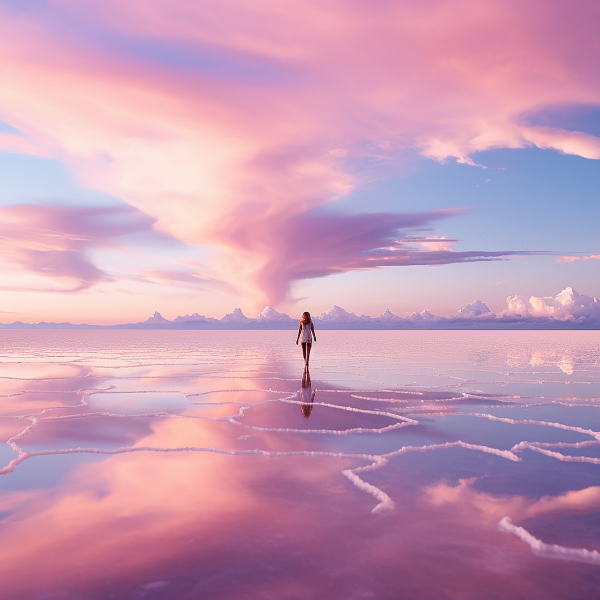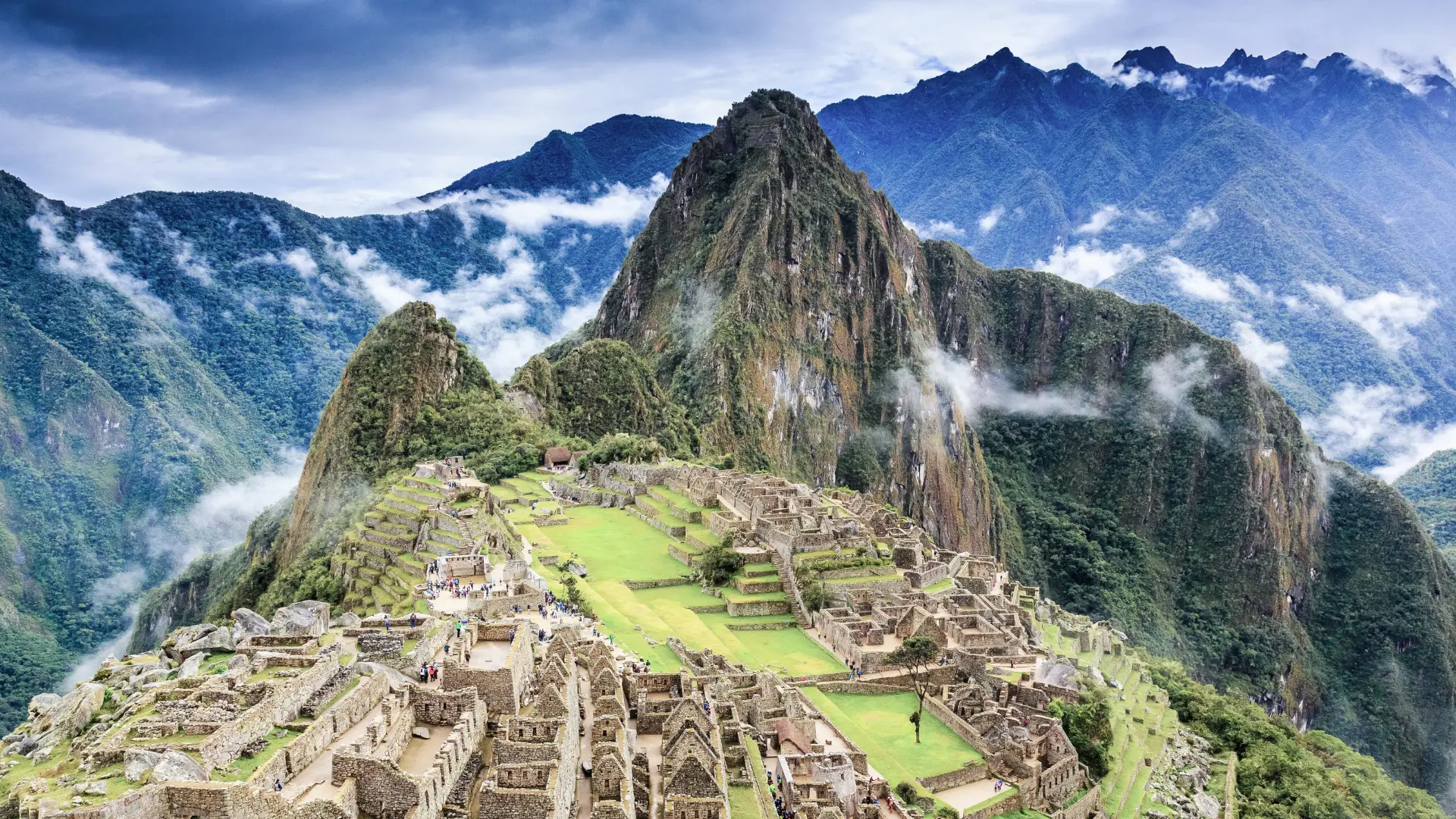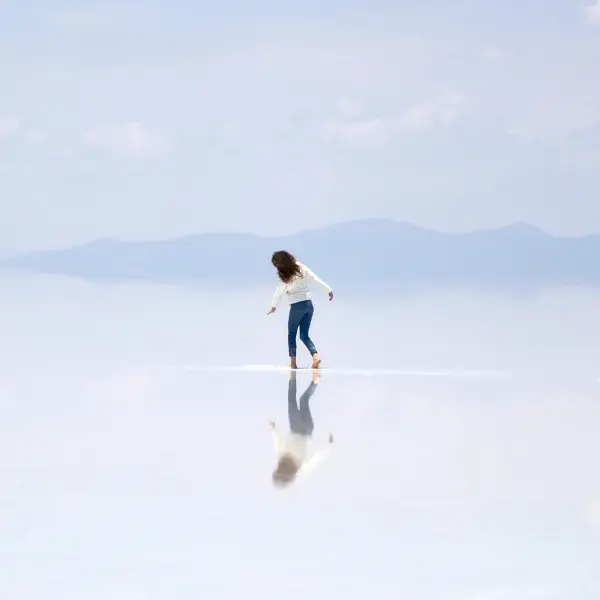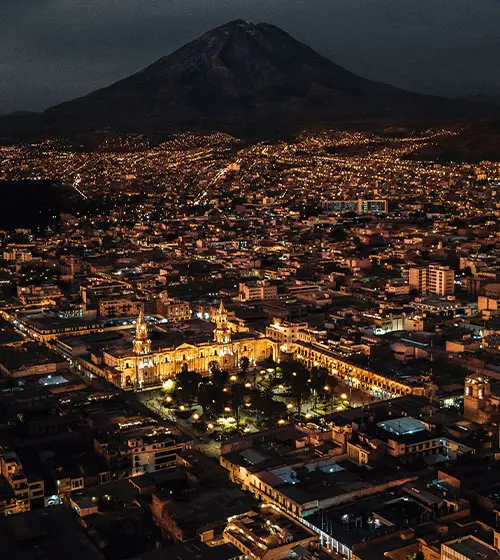


Cusco , Machu Picchu , Sacred Valley , Puno , Uyuni , La Paz .

Cusco , Machu Picchu , Sacred Valley , Rainbow Mountain , Lima , Arequipa , Puno .
_1703626361.png)
Cusco , Machu Picchu , Sacred Valley , Rainbow Mountain , Lima , Puno .
_1703626901.png)
Cusco , Machu Picchu , Sacred Valley , Rainbow Mountain , Lima , Puno .

Cusco , Machu Picchu , Sacred Valley , Lima , Arequipa , Puno .

Cusco , Machu Picchu , Sacred Valley , Lima , Puno , Uyuni , La Paz .

Cusco , Lima , Arequipa , Puno , Amazon .
The best time to visit Puno is between May and September, when the dry season offers clear skies, sunshine, and calm waters on Lake Titicaca. This period ensures smooth boat rides to the floating islands, cultural festivals in full swing, and spectacular views of the surrounding Andes. While nights can be very cold, the stable weather makes this the most comfortable and rewarding time to explore the region and its traditions.
Top tours in Puno include boat excursions on Lake Titicaca to visit the Uros floating islands, Taquile, and Amantani, where visitors can experience local culture and handicrafts firsthand. Other popular tours explore the Sillustani funerary towers, known for their unique pre-Inca architecture, as well as cultural experiences that highlight Andean music, dances, and traditional markets. Multi-day itineraries often combine Puno with Cusco or La Paz, making it a central stop for travelers exploring the Andes.
There is so much to do in Puno, from navigating the highest navigable lake in the world to engaging with communities that have preserved their ancestral ways of life. Travelers can explore archaeological ruins, shop for handmade alpaca textiles, or join folkloric celebrations filled with music and colorful costumes. Adventure enthusiasts can hike in the surrounding highlands or birdwatch around the lake, while cultural explorers can immerse themselves in the unique traditions of Titicaca’s island communities.
Puno has a high-altitude climate, with daytime temperatures averaging around 15°C and nights often dropping below freezing, especially in June and July. The dry season (May to September) is sunny and ideal for travel, while the rainy season (November to March) brings lush landscapes but rougher lake conditions and muddy trails. Dressing in layers is essential, as temperatures can change quickly throughout the day.
The closest airport to Puno is Inca Manco Cápac International Airport in Juliaca, located about 45 minutes away by car. This airport connects travelers to major cities like Lima, Cusco, and Arequipa, making it the most practical gateway to Lake Titicaca. Private transfers, buses, and taxis are available to make the journey between Juliaca and Puno convenient and accessible.
Puno offers a range of accommodation options, from budget-friendly hostels to lakefront luxury hotels with breathtaking views of Lake Titicaca. Many hotels are designed to reflect local culture, with traditional décor and Andean hospitality, while modern amenities ensure a comfortable stay. Some island homestays also allow visitors to live with local families, providing a deeper cultural connection and authentic experience of life on the lake.
The restaurants in Puno are known for their use of fresh ingredients from Lake Titicaca and the surrounding highlands. Dishes often feature trout, quinoa, potatoes, and alpaca meat, served in both traditional Andean and fusion styles. Visitors can enjoy a hearty meal in a local market, dine in a cozy lakeside restaurant, or experience upscale dining with panoramic views of the lake and mountains. Food in Puno reflects the richness of its Andean heritage.
Most hotels, restaurants, and tour operators in Puno accept credit and debit cards, though it is always advisable to carry cash in soles, especially when traveling to small islands or local markets. ATMs are available in Puno city, but not on the islands, so preparing in advance ensures smoother transactions. Exchanging money in larger cities like Lima or Cusco before traveling to Puno is also recommended.
Puno is considered the folkloric capital of Peru, famous for its vibrant festivities such as the Fiesta de la Virgen de la Candelaria, a UNESCO-recognized event that blends Catholic and Andean traditions with music, colorful costumes, and dances. Throughout the year, smaller festivals take place, showcasing local traditions, agricultural rituals, and community gatherings. These celebrations provide a unique opportunity for travelers to witness the cultural richness of the Andean people.
Puno, located at over 3,800 meters above sea level, is known as the gateway to Lake Titicaca, the world’s highest navigable lake. It plays an important role in preserving Andean culture, with strong traditions in music, dance, and craftsmanship. While the high altitude requires travelers to acclimatize, the city and its surroundings offer some of the most authentic and culturally immersive experiences in Peru.
Must-visit places in Puno include the Uros floating islands, Taquile and Amantani islands, and the Sillustani funerary towers. The vibrant city center, with its markets and colonial church, also offers cultural experiences worth exploring. Day trips around the lake reveal breathtaking views and hidden archaeological treasures, making Puno not only a destination but a cultural journey into the heart of the Andes.

We're flexible! Postpone your tour with zero cost up to 10 days prior to departure.